12 Kitchen Habits Women Over 50 Have Perfected (Mostly by Accident)
Let’s be honest, the kitchen is basically a second home for many women over 50. After years of culinary adventures, kitchen fires, and “what is that smell?” moments, you pick up a few tricks that make cooking less of a chore and more of a joy.
Some of these habits are genius. Others are happy accidents, like discovering you can microwave your tea three times before admitting you forgot about it.
Keeping a well-stocked pantry with essentials like beans and canned tomatoes

A pantry without beans and canned tomatoes is like a purse without lip balm. Something just feels off.
These staples are the ultimate “dinner insurance.” You can whip up soups, stews, or pasta sauces faster than you can say “takeout is too expensive.”
Beans add protein and fiber, canned tomatoes make everything taste like you tried, and you avoid those last-minute grocery runs that always end with you buying six kinds of cheese you didn’t need.
Plus, mixing up different beans or tossing in random spices makes you feel like a Food Network star, even if you’re still in your pajamas.
Using fatty fish regularly for omega-3 benefits
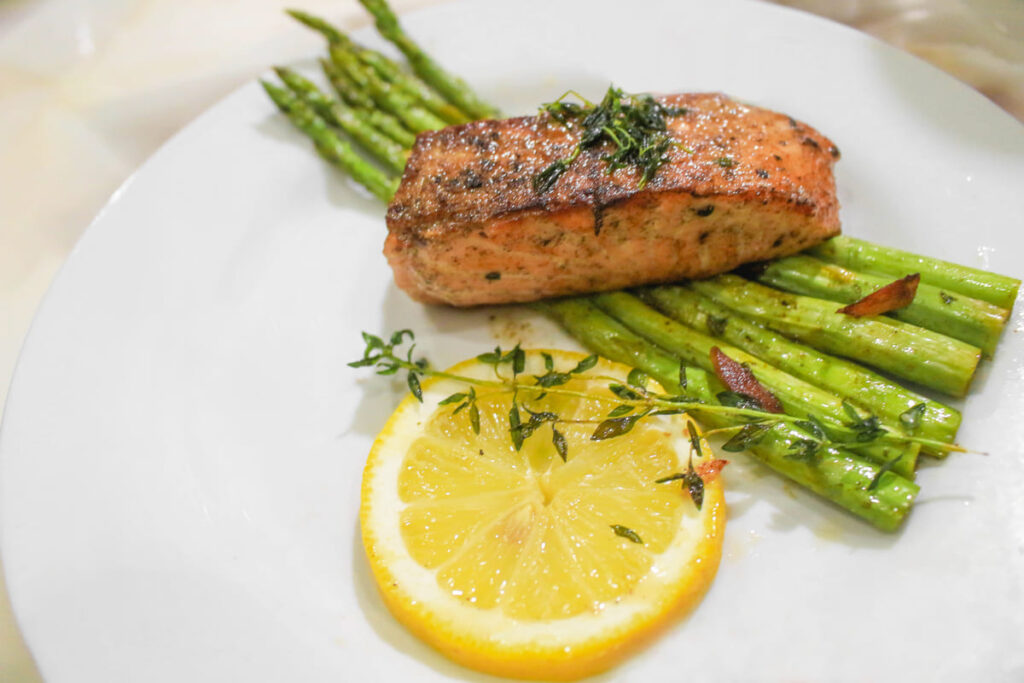
Fish: not just for people who own fancy fishing hats. Fatty fish like salmon, mackerel, and sardines are packed with omega-3s, which are basically the superheroes of nutrients.
These healthy fats help your heart, brain, and even those creaky knees that now make noise when you stand up. If you’re not a fan of fish, try sneaking it into salads or tacos. Everything tastes better in taco form.
Remember, your body can’t make omega-3s on its own, so you’ve got to eat them or chat with your doctor about supplements. Your joints will thank you, and your brain might even remember where you put your reading glasses.
Prioritizing fresh, preservative-free ingredients
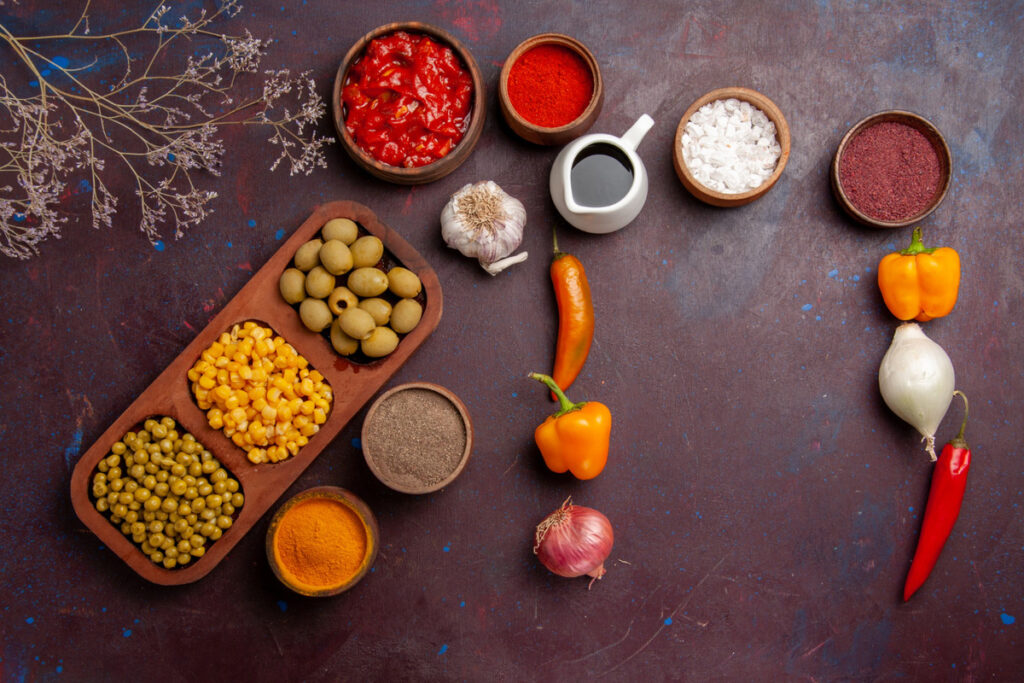
Fresh ingredients are basically the kitchen’s version of a spa day. When you pick fruits, veggies, and meats that don’t have a shelf life longer than your last relationship, your meals just taste better.
Look for produce that’s bright and firm. If it looks like it’s been through a rough week, leave it behind.
Cooking with fresh, preservative-free food can turn a basic dinner into something you actually want to post on Instagram (even if your kids roll their eyes). Plus, your body will thank you for skipping the extra chemicals.
Meal prepping to save time and reduce stress
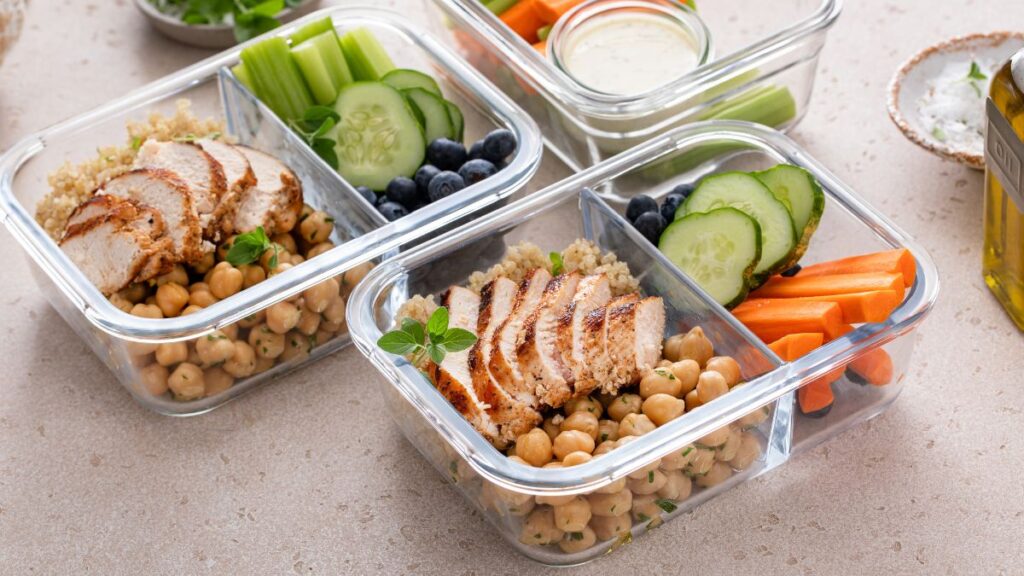
Meal prepping is the closest thing to having a personal chef. Spend a little time chopping and cooking on Sunday, and suddenly you’re a meal magician all week.
No more staring into the fridge like you’re expecting it to talk back. Prepped meals mean less stress and more time for things you actually want to do, like binge-watching detective shows.
You don’t have to go full-on “meal prep influencer.” Just batch-cook a few things, and enjoy your newfound freedom from weeknight chaos.
Want to become a meal prep pro? Here are some simple hacks to save time and money.
Avoiding outdated safety habits like rinsing raw poultry

Remember when rinsing raw chicken was supposed to be the sign of a responsible cook? Turns out, it’s more like an audition for “Kitchen Nightmares.”
Washing raw poultry only spreads bacteria around your kitchen. The only thing that should get a bath is your hands after you handle it, not the chicken.
Cook your poultry to 165 degrees and skip the splatter zone. Your kitchen will thank you for being less of a germ factory.
Using digital timers instead of relying on memory
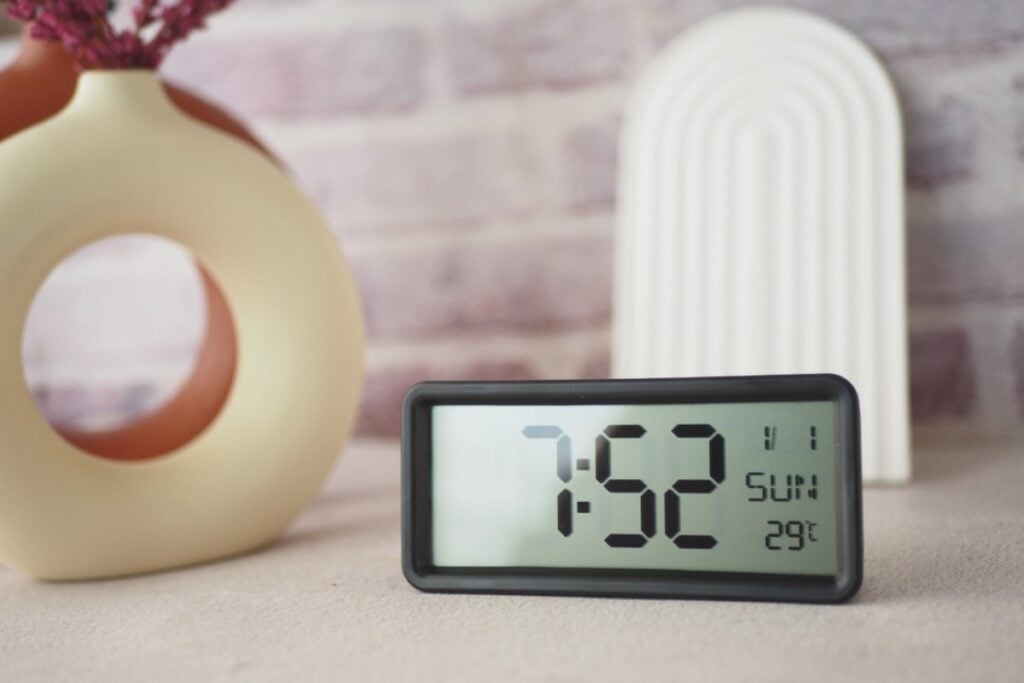
Who needs to memorize cooking times when you have a digital timer? Your memory might be great, but that casserole will still burn if you get distracted by a phone call from your sister.
Digital timers are loud, obvious, and don’t judge you for forgetting. Set one for every dish if you want—your smoke alarm will finally get a break.
Bonus: some timers have big buttons and displays, so you don’t need reading glasses to see if you’ve got five minutes left or five seconds.
Cleaning sponges and cloths frequently to prevent bacteria
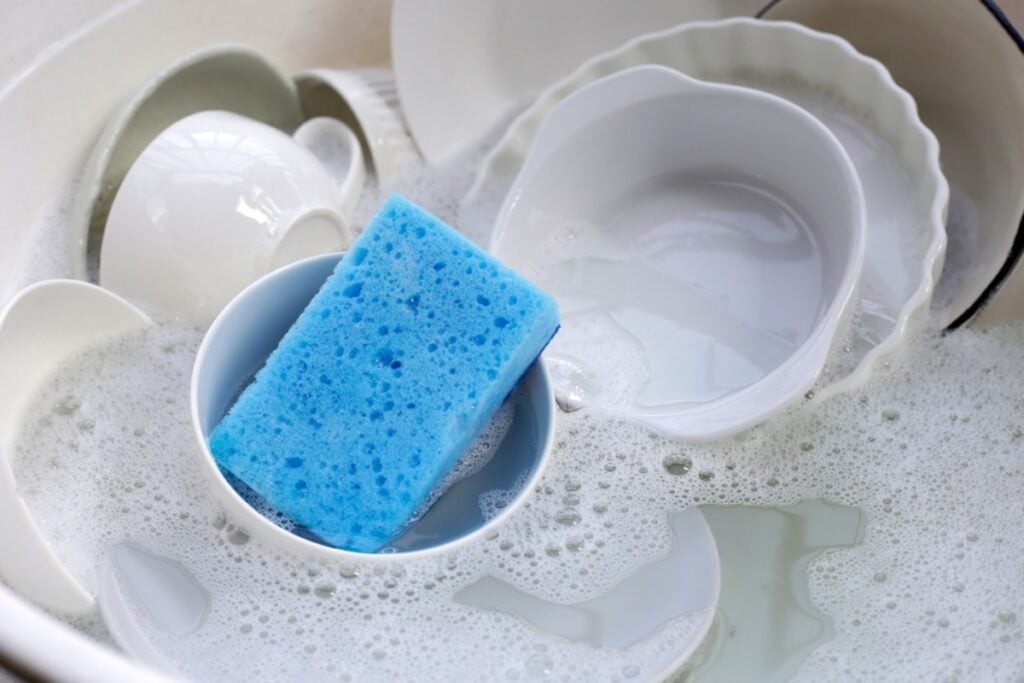
Sponges and dish cloths are like tiny germ hotels. If they smell funky or look like they’ve seen better days, it’s time for a new one.
Toss sponges in the dishwasher, microwave them (wet, please!), or soak in a bleach solution. Replace them every week or two, and your kitchen will smell more like dinner and less like a science experiment.
Clean cloths after every use, and you’ll keep your counters and dishes safer. For more on keeping your cleaning tools fresh, check out this guide to bacteria-free sponges.
Incorporating colorful veggies for balanced nutrition
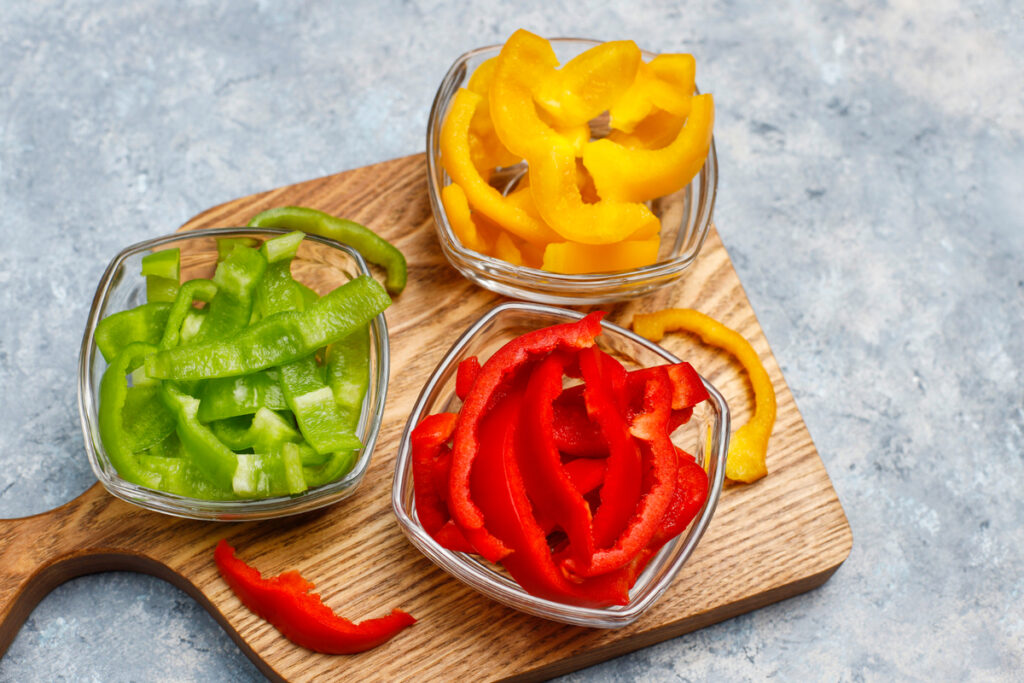
The more colors on your plate, the more it looks like you know what you’re doing. Red peppers, orange carrots, green broccoli—your meals are now a rainbow and your nutrition is thanking you.
Try sneaking spinach into smoothies or tossing leftover veggies into your eggs. Suddenly, breakfast is fancy and you’re basically a nutritionist.
If you need a little nudge, here’s a guide on eating more color.
Choosing whole grains over refined ones
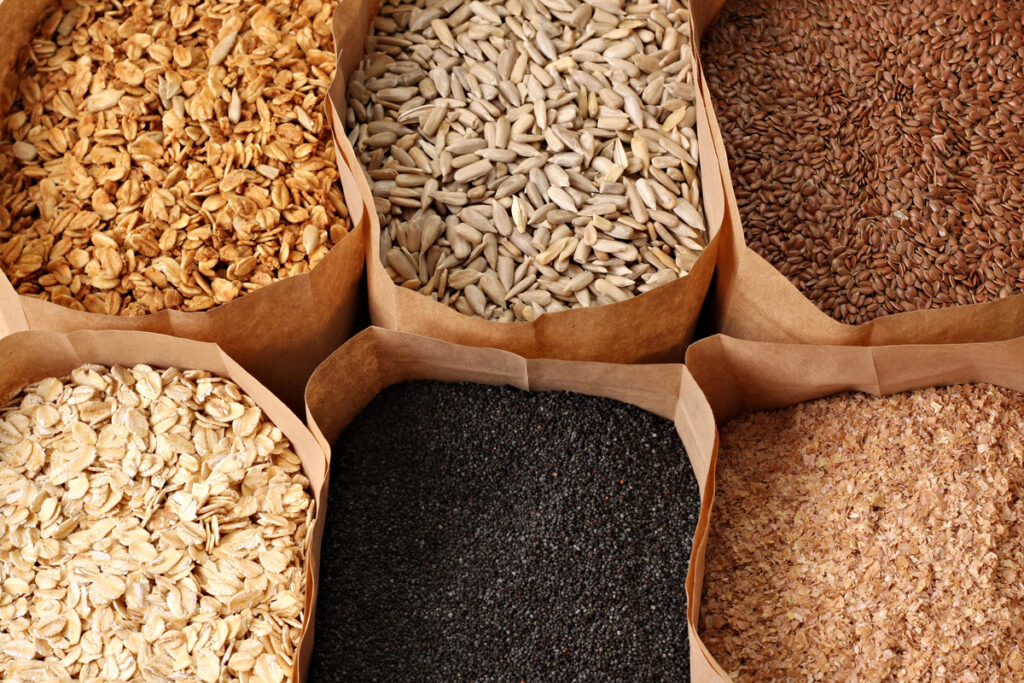
Whole grains are the grown-up version of bread. They’re hearty, filling, and your digestive system will actually send you a thank-you note.
Start small by swapping white bread for whole grain, or try brown rice instead of white. No need to go full granola—just a few swaps make a big difference.
Look for labels with at least 51% whole grains to get the real deal. For more tips, check out this page on healthy grain choices.
Cooking with herbs instead of excess salt
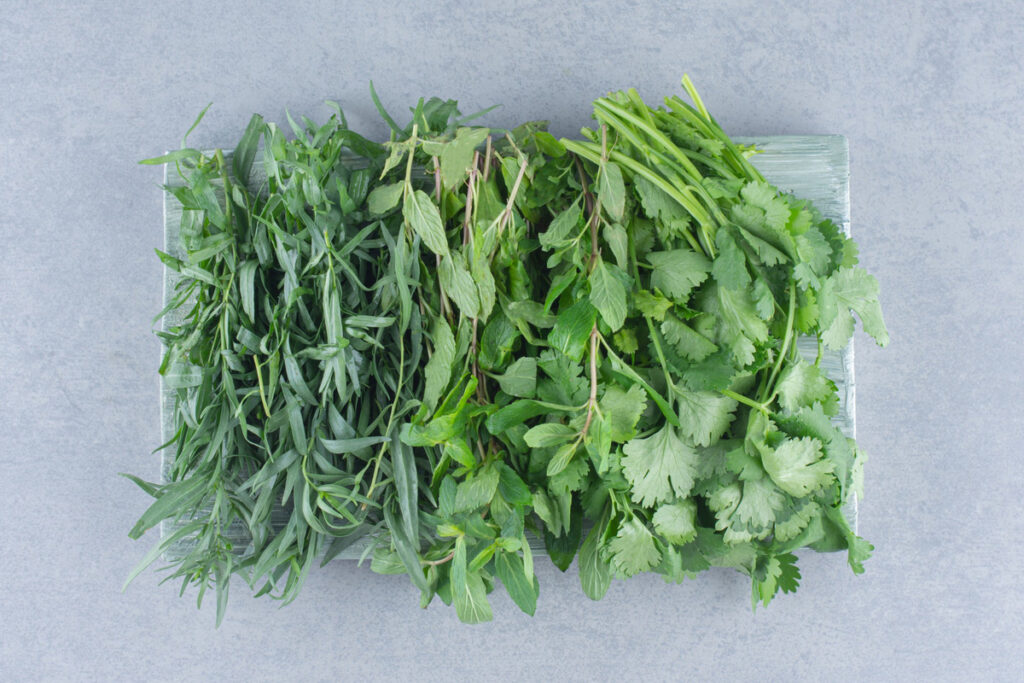
Salt is great, until your doctor starts giving you “the look.” Herbs like basil, dill, and garlic make your food taste amazing without sending your blood pressure through the roof.
Sprinkle fresh herbs on salads, use dried ones in soups, or just pretend you’re a contestant on a cooking show. Your taste buds (and your heart) will thank you.
Need ideas for which herbs to try? Here are some tips for bringing out flavor naturally.
Now go forth and cook like the kitchen legend you are—just don’t forget to set that timer!
Slicing fruits and vegetables into bite-sized pieces
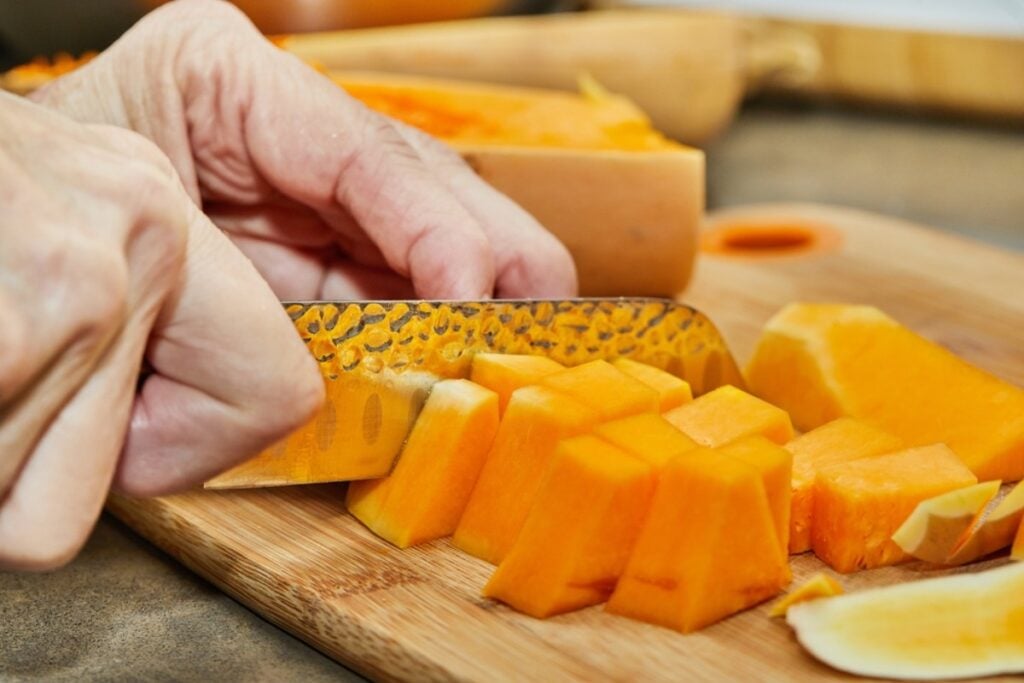
Ever tried to eat a giant carrot stick in public and ended up looking like a confused rabbit? Cutting fruits and veggies into small pieces saves you from that fate.
Uniform slices cook evenly, so you don’t end up with half-raw, half-charred zucchini. This is how you avoid the classic “crunchy surprise” in your stir-fry.
Using the claw grip with your fingers tucked in makes you look like a pro chef and keeps you from accidentally adding “finger” to your salad. Nobody wants that kind of protein.
Small, even pieces also make your plate look fancy, like you actually know what you’re doing in the kitchen. Your Instagram followers will be impressed, even if you still burn toast.
Experiment with different cutting styles, like dicing or slicing at an angle. Suddenly, you’re not just making dinner, you’re making art, well, edible art.
Making bite-sized pieces also reduces waste. Less waste means more food, and more food is always a win.
If you want to slice and peel without losing half your produce, check out some easy tricks. Your wallet and your stomach will thank you.
Drinking water before meals to aid digestion

Ever find yourself staring at your plate and thinking, “I should probably drink some water first”? Turns out, your instincts might be onto something.
Having a glass of water about 30 minutes before eating can give your stomach a friendly heads-up that food is coming. It’s like sending a calendar invite to your digestive system.
Plus, water can help you feel fuller. So, if you want to avoid that third helping of mashed potatoes, a pre-meal sip might be your new secret weapon.
Contrary to what your aunt at family gatherings says, this won’t mess with your stomach acid or slow down digestion. Your body is smarter than that.
Next time you sit down to eat, try hydrating first. Your stomach (and maybe your waistband) will thank you.








